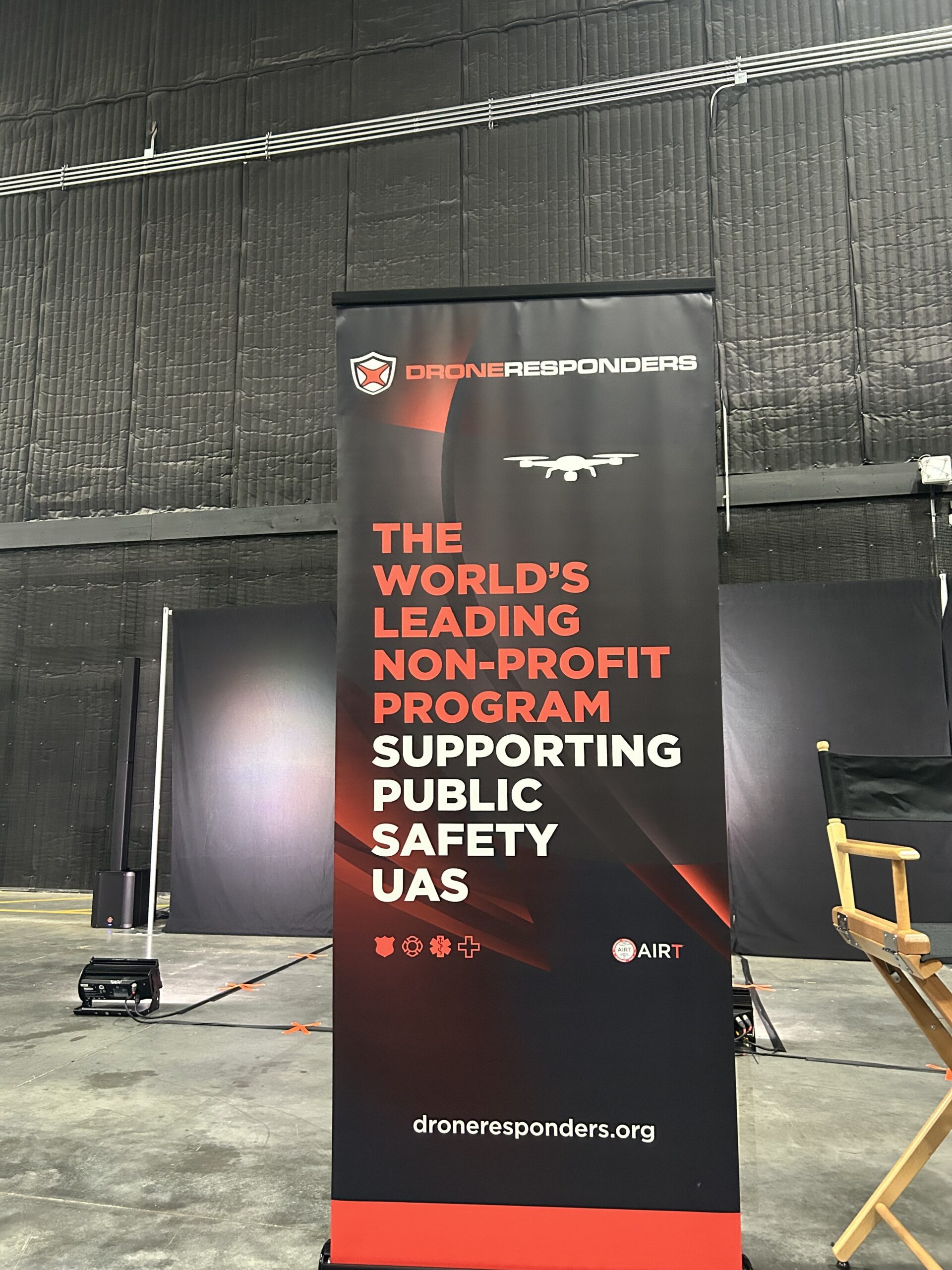

The Georgia Public Safety Drone Summit, held today at Tyler Perry Studios in Atlanta, showcased significant advancements in drone regulations by the Federal Aviation Administration (FAA). The sold-out event, sponsored by DRONERESPONDERS, brought together first responders, government officials, and law enforcement from across the region to discuss the future of drone operations in public safety.
FAA’s Commitment to Enhancing Drone Regulations
Queron Thompson, FAA UAS Program Design and Analytics Division Manager, delivered the first keynote address, focusing on the agency’s ongoing efforts to strengthen the regulatory framework governing drone operations. “We are committed to improving the regulatory structure… and to do it in a way that doesn’t stifle innovation,” Thompson emphasized.
Advancing Beyond Visual Line of Sight (BVLOS) Operations
Thompson provided an update on the FAA’s progress with Part 108 rulemaking, which focuses on regularizing drone flight beyond visual line of sight (BVLOS). The FAA has been developing these regulations for several years, recognizing the potential of BVLOS operations to transform various industries, including public safety.
Last year, the FAA issued a series of groundbreaking waivers designed to facilitate commercial BVLOS operations. These waivers serve as templates, allowing companies to operate drones beyond the pilot’s line of sight under specific conditions. The agency is now preparing to release a rulemaking that could significantly expand commercial BVLOS operations. Once enacted, this rule could revolutionize applications such as Drone as First Responder (DFR), where drones provide critical situational awareness and deliver life-saving equipment to inaccessible areas.
Addressing Special Use Airspace and cUAS Technology
In addition to BVLOS, the FAA is also working on Part 2209, which pertains to the establishment and modification of Special Use Airspace (SUA) for drone operations. This regulation is essential for managing airspace in areas where operations require restricted or controlled environments, such as military training zones or critical infrastructure sites.
Thompson also acknowledged the growing need for expanded access to counter-unmanned aircraft systems (cUAS) technology. Law enforcement agencies require effective tools to protect critical infrastructure, such as prisons, from rogue drones. However, current regulations limit the authority of these agencies to deploy cUAS technology. Thompson assured attendees, “We hear you and we are working on it,” emphasizing the FAA’s support for expanding cUAS capabilities while ensuring that new technologies do not interfere with other transportation operations. “We fully support the expansion of capabilities to our partners, [while] ensuring that the cure is not worse than the disease,” Thompson stated.
Looking Ahead
The FAA’s ongoing efforts in advancing drone regulations are crucial for the future of public safety and commercial drone operations. As the agency continues to develop and implement rules for Remote ID, BVLOS, and Special Use Airspace, the potential for drones to enhance emergency response and other critical operations will only grow. The Georgia Public Safety Drone Summit provided a valuable platform for discussing these developments and their implications for the industry.
Miriam McNabb is the Editor-in-Chief of DRONELIFE and CEO of JobForDrones, a professional drone services marketplace, and a fascinated observer of the emerging drone industry and the regulatory environment for drones. Miriam has penned over 3,000 articles focused on the commercial drone space and is an international speaker and recognized figure in the industry. Miriam has a degree from the University of Chicago and over 20 years of experience in high tech sales and marketing for new technologies.
For drone industry consulting or writing, Email Miriam.
TWITTER:@spaldingbarker
Subscribe to DroneLife here.